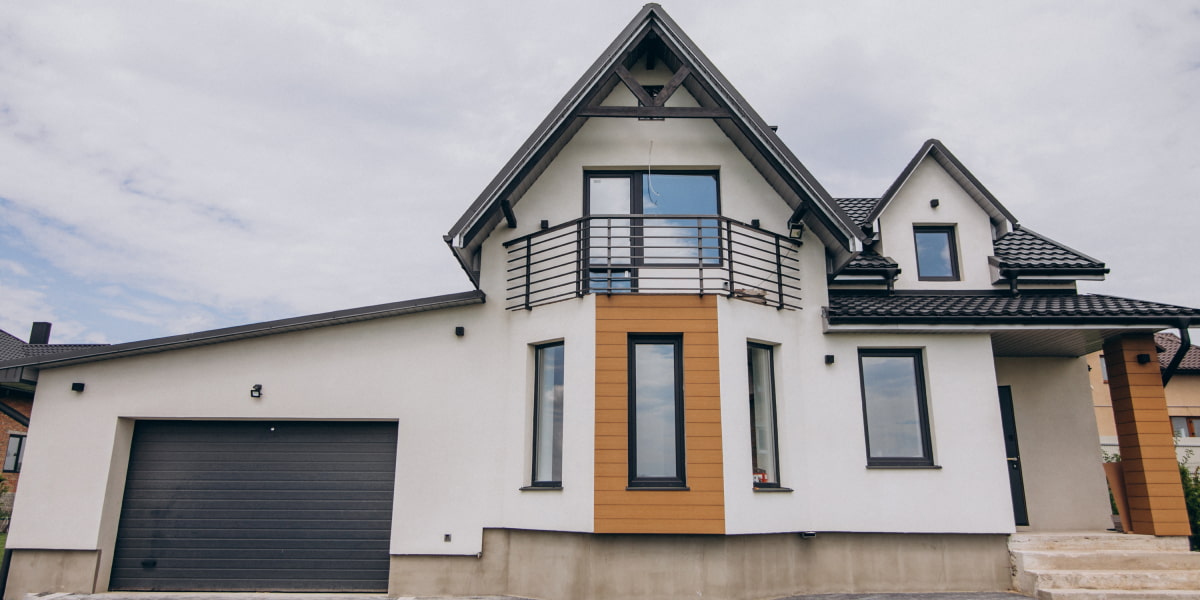Published on October 19th, 2022
Last updated on February 6th, 2023
How To Soundproof Walls Without Tearing Them Down: DIY
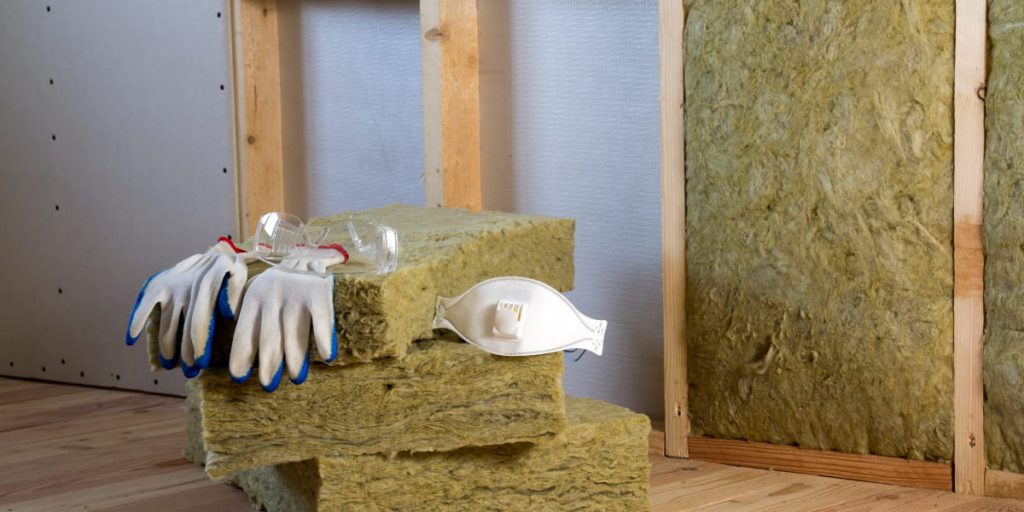
So if you are tired of noise coming from the neighboring flats, an excellent sound-deadening wall is the only solution. Modern materials can quickly and inexpensively solve the problem.
Soundproofing insulation for walls is not just a question of comfort and quality of relaxation. Noise considers a serious health problem on a global scale.
According to the WHO, 1.3 billion people worldwide suffer from noise pollution. It is enough to cause cardiovascular diseases if the noise level in your flat at night is 50 dB or more – the noise level of a non-traffic street. For insomnia, 42 dB (roughly the same as normal conversation) is enough to become irritable, and 35 dB is muffled speech. One in every 50 heart attacks relates to acoustic pollution; due to constant noise exposure, life shortens by 10-12 years. The issue may be even more dangerous than smoking. We will discuss ways of soundproofing your apartment on your own in the following section.
What is soundproofing insulation for walls?
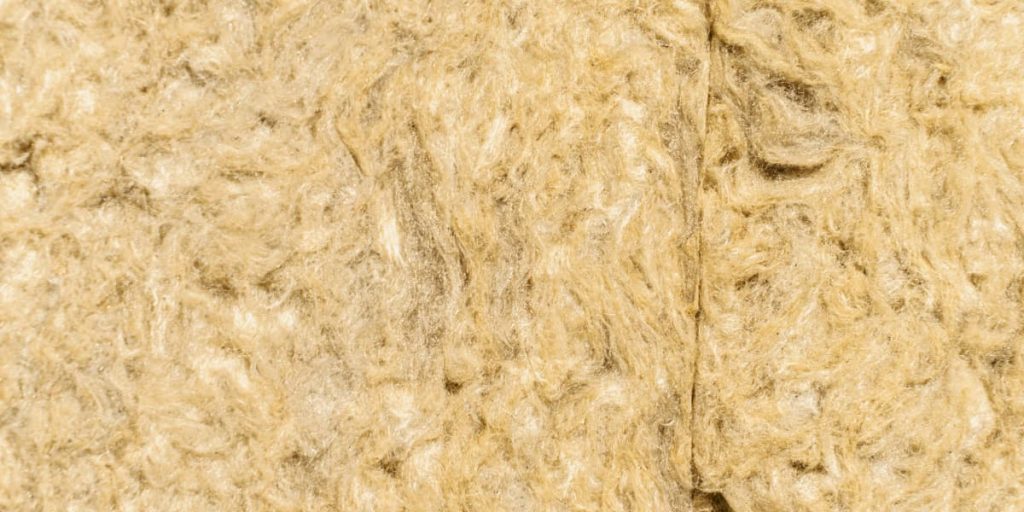
In a domestic sense, soundproofing is a way of ensuring that either you cannot hear your neighbors or they cannot hear you and reducing the level of noise that enters the flat from the street. You can achieve this effect by building materials that consider the complex nature of the sound propagation and installing them correctly.
Before work begins, you must determine the source and type of noise – this will select the kind of soundproofing wall and the choice of materials. There are three main types of noise:
- Airborne noise. Sound vibrations create and travel through the air (conversations, crying, barking, music, or running TV – all this is airborne “noise”).
- Percussive. Sound vibrations occur in the wall/ceiling/floor due to mechanical impact (hammer when driving a nail, drilling holes in the wall, walking, slamming doors).
- Structural. It results from the mechanical effects of objects on the walls and ceilings of a building. It is noise from the operation of a lift, a refrigeration machine in an air conditioning system, or repair work (hammering).
How does soundproofing of a wall work?
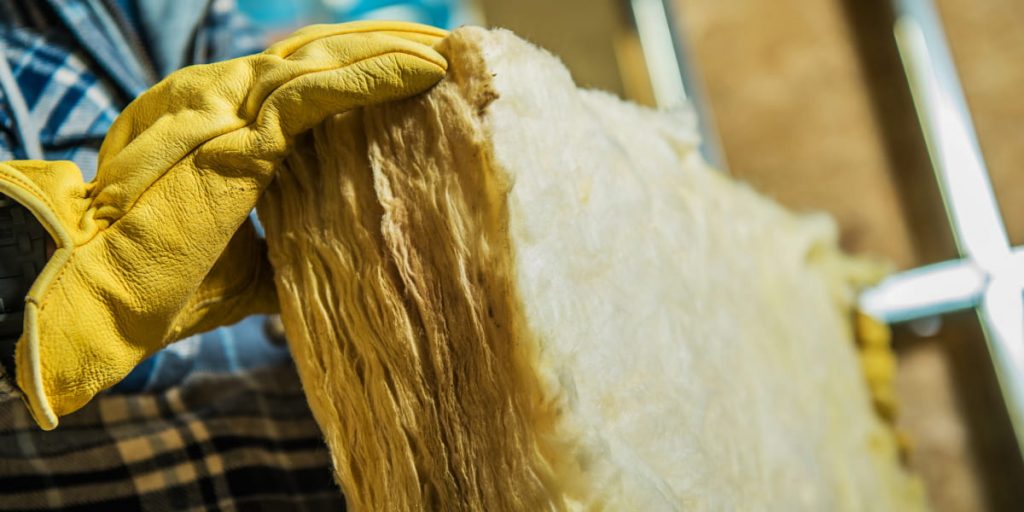
Fiber materials with a chaotic structure arranged with fibers vertically and horizontally, at different angles to one another are good at absorbing sound. No sound travels in this environment. These materials will last for at least 50 years.
Suitable materials and proper installation are essential for effective soundproofing. Sound is tricky: leave a hole in the wall, and all your efforts will go to waste. Sound absorbing materials include:
- rock (mineral) wool;
- cork materials;
- foamed polymers;
- GFB panels with basalt fiber;
- Rolled insulators (polyurethane, polyethylene foam, bituminous polymers, etc.).
The choice of material depends on the sound deadening wall on whether you do not want to hear the neighbors or whether they do not want to hear you. Different materials with various densities work differently at unlike frequencies, so it is better to leave the choice to the experts.
What are the best ways to soundproof a wall?
After discovering more information about types of noise, it is necessary to know how to eliminate this problem. Also, you can redecorate your room by replacing the furniture. This method is one of the easiest because it requires no input other than your imagination and a little energy.
So we have prepared some information below.
Soundproofing insulation for walls in an old house

Find the noise source. Once you have identified the type of noise, it is time to take action:
- You need to look for voids: sometimes, the noise is just coming from the ventilation. There are particular materials for insulating pipes and ventilation systems in these cases.
- Any holes in walls, such as gaps around “through” sockets and drywall joints, should be sealed with putty but never with foam.
- Study the installation instructions on the material manufacturer’s website, watch a video to avoid mistakes, or call a specialist.
It’s best to choose multi-layered constructions. They are thin and efficient: their soundproofing properties are higher than those of uniform materials. The best solution: stone wool panels and one or two layers of plasterboard.
How to soundproof walls against neighbor’s noise

In most cases, it is necessary to soundproof the walls between flats and adjacent apartments. You will not be disturbed by a neighbor’s crying baby, and you will be able to listen to music in peace. There are the following options:
- Many people fear soundproofing insulation for walls will ‘eat up a lot of floor space. That is not always the case: famous stone wool, for example, is only 2.7 cm thick and provides a high level of insulation. It is better to use such boards with sealing tape and cover them with facing material.
- Another option is membranes that are only 3.7 mm thick. They are suitable for all surfaces, only the installation technique differs:
- Floors;
- Сeilings;
- Walls;
Used both as an additional layer of sound insulation and separately – the effect may not be 100%, but for many situations, it is enough.
Glass and eco wool materials for soundproofing walls
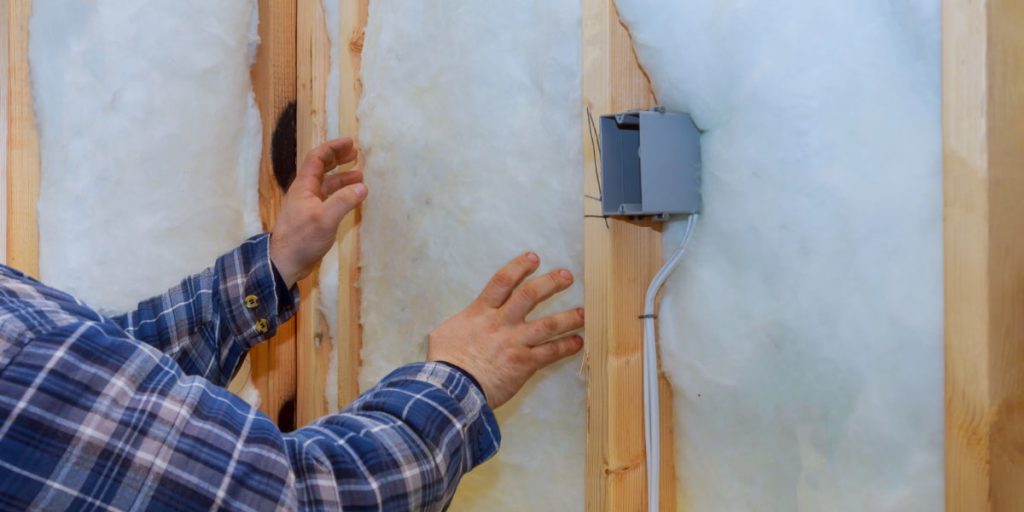
Glass and eco wool are often used for soundproofing walls in flats. The technology for installing these materials is the same and consists of the following:
- The wall is prepared in advance: it is leveled with a layer of putty or plaster.
- Next comes the installation of timber or metal battens. It is recommended to give preference to the second option, as wood – under the influence of moisture, deforms and fails faster.
- Thermal soundproofing insulation for walls is covered with a thin layer of vapor barrier installed directly on the sheathing surface.
- It is followed by finishing the wall with the previously chosen facing material.
- Installing a vapour barrier is unnecessary if the flat wall does not face the street.
Although, in some cases, a vapor barrier prevents fine dust from the glass wool from entering the room.
Wallpapers with soundproofing properties
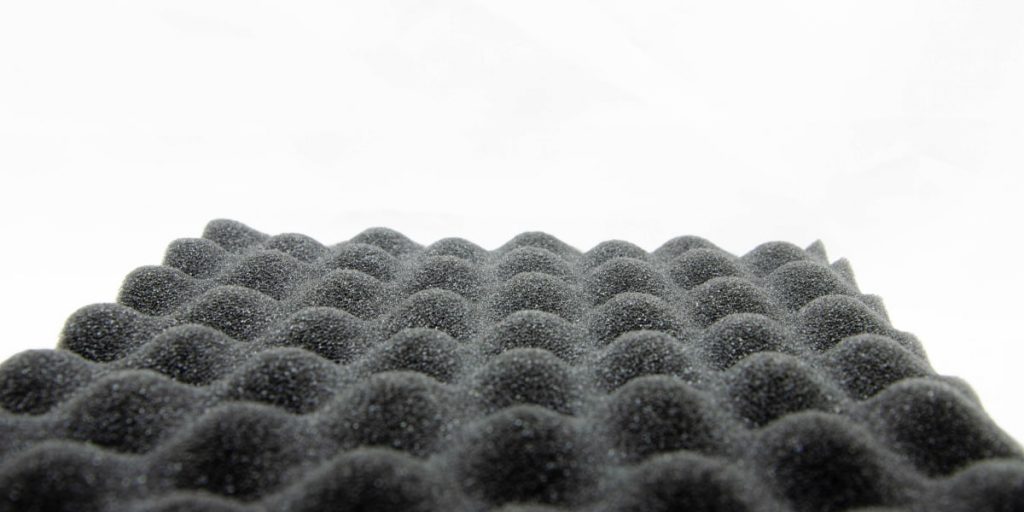
First, we would like to familiarize ourselves with the main types of sound-deadening wallpaper for a wall:
- Tufted wallpaper is a two-layer material containing a pile of dense fabric. The material is very dense and has a texture similar to that of a carpet. The wallpaper not only has a soundproofing effect but also serves an excellent function of insulating the room.
- Wallpaper based on artificial velour – in appearance, resembles velvet but is denser. This wallpaper is based on paper with vinyl on top. The material has good adhesion to any surface and high soundproofing characteristics. Among the disadvantages are low water resistance and reduced durability.
- Cork wallpaper is one of the best ways to soundproof wall materials. Wallpapers are made of a unique variety of oak. It characterizes by good thermal insulation, vapor permeability, and self-regulation of air humidity. The wallcovering is made of paper or a non-woven paper base.
Pros and cons of wallpapers with soundproofing properties
Wallpapers are generally one of the most affordable methods of soundproofing insulation for walls in a house. So it makes sense to consider the features of the skin and the above types.
The advantages of using tufted wallpaper include:
- good soundproofing performance;
- thermal insulation;
- attractive appearance;
- no need for additional care;
- moisture resistance;
- easy to clean;
- resistance to ultraviolet radiation and burn-out.
The disadvantages include:
- high electrostatic – because of this, they accumulate dust;
- not recommended for use in children’s and people’s rooms suffering from allergies;
- mechanically unstable.
Wallpapers based on artificial velour have the following advantages for soundproofing a wall:
- attractive appearance, it gives a luxurious feel to the room;
- average soundproofing characteristics, which are determined by the thickness of the material;
- affordable and easy to install;
- it is cleanable with a hooved.
The most crucial disadvantage is that the surface of such wallpaper gets dirty quickly, it is not resistant to moisture, and is prone to mechanical damage. Such wallpaper is not suitable for homes with children or pets.
In the end, it turns out that cork wallpaper is the best way to soundproof a wall by providing high-quality soundproofing with the following benefits:
- harmless and environmentally friendly;
- recommended for allergy sufferers and children;
- they are resistant to moisture, mechanical damage, and temperature fluctuations;
- universally usable – have an original texture
- they do not accumulate dust – they are easy to care for.
The disadvantages are:
- high cost, compared to previous options;
- the need to pre-leveling the surface before wallpapering;
- the duration and complexity of the installation work.
Summary
Installing soundproofing wall materials in a flat is a relatively simple process. However, carry out the process responsibly to obtain a good result. Correct calculations and the selection of materials will result in a covering with maximum soundproofing properties. Therefore, follow all the steps described in this article carefully, and we are sure you will succeed.
FAQ
How much does it cost to soundproof walls in one room?
There is no exact answer, but the average price is about $400 per room. The cost of soundproofing depends on the materials and the area to be insulated. It has to be calculated individually. There are no average prices. But it is not cheap either way.
How to soundproof walls?
Furniture and textiles can help reduce airborne noise from the neighbor’s wall. The simplest solution is to put solid furniture. In the bedroom, it could be a large wardrobe – freestanding or built-in, bookshelves, shelving units with doors.
Is it dangerous to do soundproofing insulation for walls?
Firstly, all-natural materials – cork or rock wool- are made from volcanic rock. Secondly, all building materials are tested so that nothing potentially hazardous can get into your home. Special services, studies, and experiments monitor this, so you don’t have to worry.
Can sealing tape be used for wall sound insulation?
Sealing tape, vibration-insulating washers for self-tapping screws, and vibration hangers help to reduce impact noise. It is a shame to spend a lot of money on ‘basic’ materials and neglect the auxiliary materials that help reduce impact noise and significantly affect the degree of sound insulation.
Can assembly foam be used to soundproof gaps?
No, assembly foam is not used for this purpose. Assembly foam does not absorb sound. It has sealing, thermal insulation, and sealing properties, but not soundproofing.


